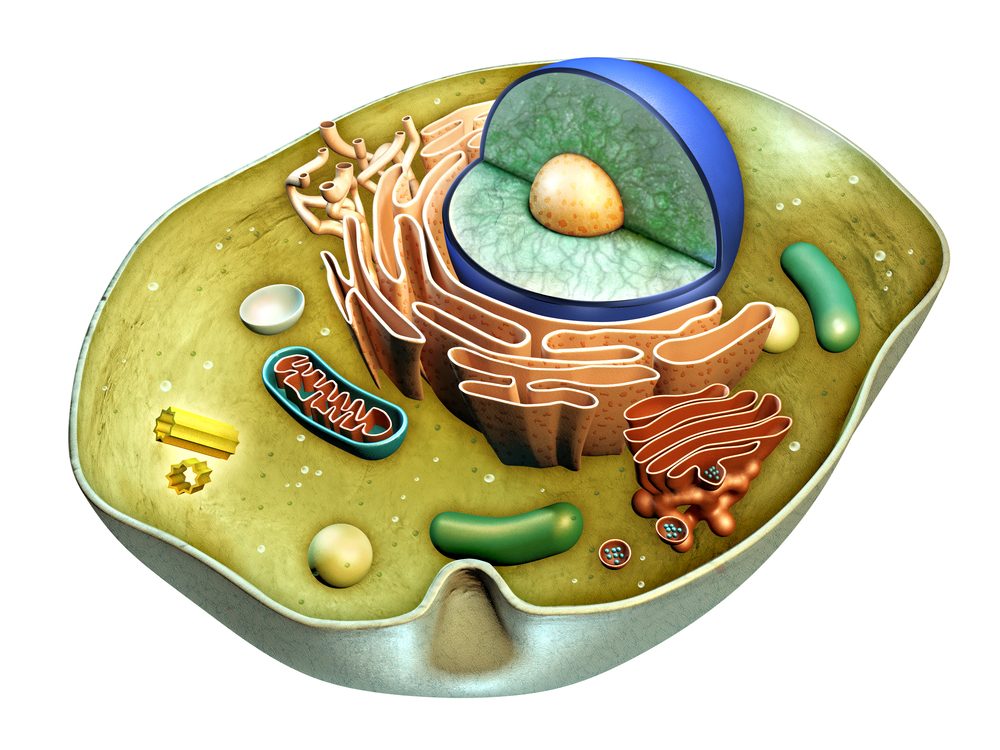How Cells Identify and Target Harmfully Folded Proteins, Like in CF, Detailed in Study
Written by |

To become biologically active, most proteins must acquire a defined three-dimensional structure in processes that are mediated and monitored by molecular chaperones. Researchers based in Germany and the U.S., possibly for a first time, have revealed how these chaperones identify particularly harmful errors in protein conformation, and induce their degradation.
The study, “Members of the Hsp70 Family Recognize Distinct Types of Sequences to Execute ER Quality Control,” published in the journal Molecular Cell, may improve our understanding on how protein misfolding leads to a number of diseases, including cystic fibrosis, diabetes, and Alzheimer’s, and help in designing more effective treatments.
Protein that fold wrongly (don’t take on the appropriate 3-D structure) can cause serious disease. For this reason, cells contain quality control mechanisms — chaperones — to detect abnormally folded proteins and target them to be destroyed before they can leave the cell and do harm.
Researchers focused on the proteins that are produced in the endoplasmic reticulum, a cellular organelle that is specialized in protein folding. Usually, proteins are composed of hydrophilic (water soluble) and hydrophobic (lipid soluble) parts, and are organized with the lipid-soluble parts at their core and the water-soluble parts on the surface. Sometimes, when errors occur in the folding process, the lipid soluble parts are exposed on the protein’s surface, creating proteins that clump together.
Molecular chaperones that work in protein quality control are known to recognize these hydrophobic regions in the misfolded proteins, and to induce their degradation if the folding is not corrected in a timely manner. But — to complicate matters — some proteins that are properly folded do have surface lipid soluble, or hydrophobic, regions, and should not be targeted for degradation.
How chaperones in a cell decide between faulty and properly folded proteins puzzles scientists.
The research team sought to unravel how molecular chaperones distinguish between properly and improperly folded proteins. To do this, they coupled several hydrophobic sequences known to be recognized by chaperones with a shuttle system that delivered them into the endoplasmic reticulum.
They found two distinct classes of chaperones, not one, that recognized different types of hydrophobic protein sequences. In particular, the chaperones that were linked to protein degradation were found to recognize rarer hydrophobic sequences with the ability to form dangerous clumps.
This study is believed to be the first to show that sequence-specific chaperone binding underlies quality control decisions.
“This is an important piece in the puzzle of how molecular quality control functions,” Matthias Feige, a professor of cellular protein biochemistry at the Technical University of Munich, said in a press release. “Follow-up studies will now be required to see how the chaperones recognize their target sequences on a structural level.”
The authors believe that their research may also improve proteins that are currently used in the clinic, such as antibodies. By understanding which sequences are recognized by chaperones and target the proteins for degradation, researchers can design drugs that do not contain such sequences at their surface, better ensuring these agents are not degraded too quickly.






